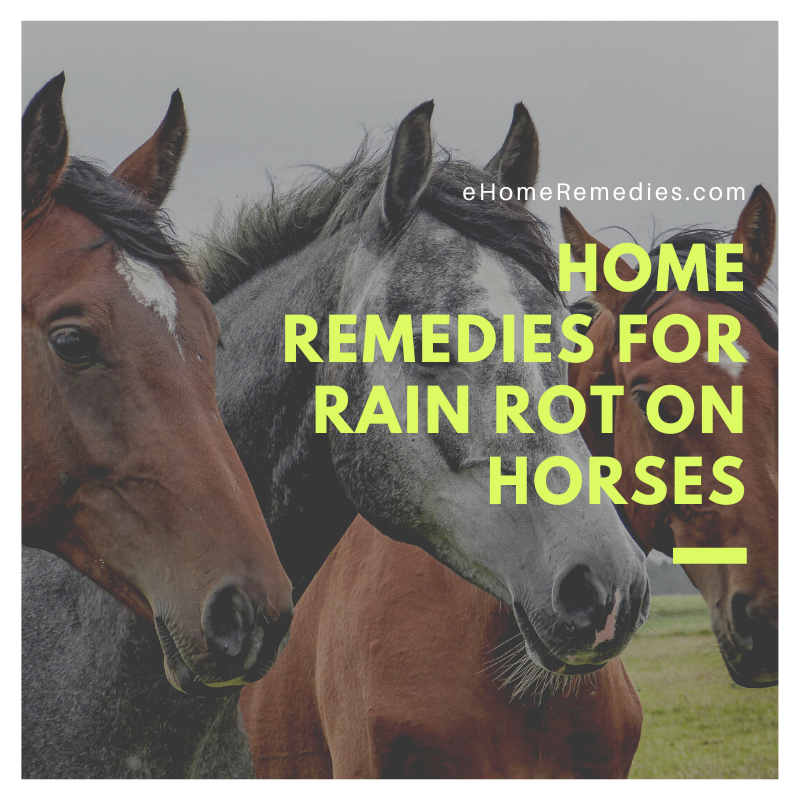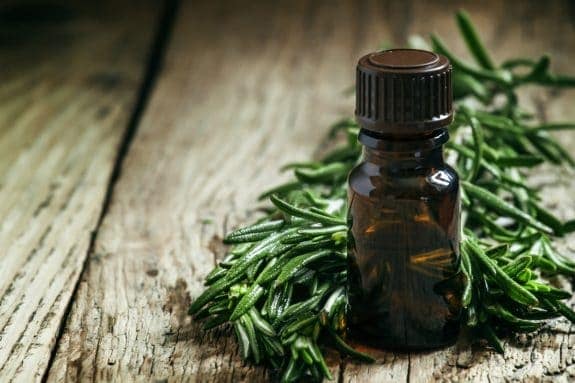Although there are a number of effective home remedies for rain rot on horses, you may be wondering how to effectively treat this condition on your own. The following tips will help you keep your horse dry and safe while treating rain rot. Coconut oil, tea tree oil, and Banixx are all effective and natural remedies for preventing rain rot on horses. In addition to keeping your horse dry, these remedies will also help to eliminate the bacteria responsible for this condition.

Keeping your horse dry
Whether your horse suffers from a weakened immune system or is prone to rain rot, there are several home remedies to treat the problem. For example, if your horse spends time in a run-in shelter, be sure to provide a dry shelter for him or her. Keeping your horse dry is important, as high humidity encourages rain rot bacteria to thrive. Although there are no cures for rain rot, you can prevent and treat it with home remedies for rain rot on horses.
Using tea tree oil
If your horse is suffering from rain rot, you are not alone. Rain rot is a bacterial infection that causes crusty scabs on the skin. While there are store-bought solutions to treat rain rot, you may want to try using tea tree oil instead. Tea tree oil has antimicrobial properties and can help dry the affected area. It can also desiccate wounds.
Using coconut oil
Using coconut oil for rain rot on your horse is an effective way to improve the condition of your equine friend’s hooves and promote healing. This product has anti-bacterial and antifungal properties and can be given as a treat or mixed into the horse’s feed to promote good gut health. Because it contains no petroleum, coconut oil is safe for your equine friend. Also, it is fast-acting, which means it gets to the root of the problem quickly.
Using Absorbine Fungasol Ointment
If you’ve ever seen a horse with rain rot, you know how painful it can be. The condition is caused by the bacteria Dermatophilus congolensis. Signs of this disease include crusty scabs, clumps of hair, and bare skin. Rain rot can be a single lesion, or it can be widespread and affecting many areas of the horse’s body.
Hydrogel
When horses develop rain rot, scabs will likely form on the affected area. These scabs will be very painful for your horse, so a home remedy that is easy to apply is hydrogel. Hydrogel will not only help you remove the scab, but will also help to condition the skin around the lesions, which will help the healing process. The most important thing to remember is to always wear protective gear, especially if you are working with an infected area.
The most important thing to keep in mind about rain rot is that it is a bacterial infection that attacks the horse’s skin. Horses with poor immune systems are especially prone to this infection, so prevention is important. Even healthy horses can become infected. Excessive insect bites can also open up an infection. Unfortunately, the bacterial infection is often mistaken for a fungal one, so you should be aware of the difference.
Banixx spray
The application of a veterinary-grade product like Banixx spray to a horse’s skin is an effective way to treat rain rot. Because it contains a unique pH balance, Banixx helps the horse debride scabs. However, the product is not a cure-all. Although early detection is the key to preventing severe and prolonged rain rot, antibiotics may still be necessary.
The first symptom of rain rot in horses is a scabby, scaly area of skin. This is the result of a bacteria that has multiplied in the skin hair follicles, leading to a rash and hair loss. In severe cases, the horse may develop an open sore or scab. These sores can become infected, requiring further treatment.
In addition to spraying Banixx on the skin of affected horses, owners can also make a homemade remedy by mixing mineral oil, 3 percent hydrogen peroxide, and a tincture of iodine. A small amount of the concoction can be applied to the affected area and left overnight. Once the concoction has been set, the horse should be washed with a mild shampoo and drier. It is also a good idea to let the affected area air-dry, preferably outside.
Banixx Medicated Shampoo
Designed to treat several conditions, Banixx Medicated Shampoo for Rain Rot on Horses is a safe, non-toxic, non-irritating wash for all kinds of horses. The product contains no alcohol, sulfates, parabens, or added color, and is also gentle enough for use around the eyes. Unlike other shampoos, Banixx Shampoo for Rain Rot on Horses also contains no essential oils or synthetic fragrance.
This shampoo can be applied directly to affected areas and is most effective when applied to wet legs. You should leave the sudsy shampoo on for 10 minutes before washing. Repeat this procedure as needed until you see visible results. Banixx Medicated Shampoo is also effective when used with the Banixx Horse & Pet Care Spray, a leave-on application. The product also works on its own as a topical treatment.
If you’re treating the rain rot on your horse with a medicated shampoo, make sure to dilute it appropriately. Three to four ounces of shampoo is enough for the affected area. You should leave it on for ten minutes, then hose off and towel dry. If the rain rot has not cleared up yet, the shampoo can be diluted with water to help alleviate the symptoms.




